Advertisement
Python remains one of the most popular and versatile programming languages. It is simple, easy to read, and has a huge ecosystem of libraries, which makes it the language of choice among developers in many areas, such as web development, data science, automation, and machine learning. However, with the fast-changing technology, Python libraries are changing as well. There are also some thrilling and new libraries in the future of 2025 that will make the development even more effective and pleasant. So, here are some of these new libraries that you should not miss.
PyScript has been making some waves in the Python community, and by 2025, it is set to transform the world of web developers. Consider running Python in the browser without JavaScript. That is exactly what PyScript provides, enabling Python code to be written in HTML and thus enabling web development to be more accessible to Python enthusiasts.
PyScript relies on the Pyodide project, which runs Python in the browser using WebAssembly. It makes it possible to blend Python with HTML and CSS. PyScript makes it possible for developers to build interactive web pages and web applications without language switching. This opens Python to a new universe: the front-end world.
How it Works:
Quantum computing has been the subject of much excitement, and TensorFlow Quantum is looking to play a pivotal role in that evolution. By 2025, this library will be essential for developers working in the rapidly emerging field of quantum machine learning (QML). TensorFlow Quantum combines Google's TensorFlow with quantum computing, allowing you to use quantum hardware for machine learning models.

While quantum computers have a long way to go before they’re mainstream, TensorFlow Quantum allows developers to experiment with quantum algorithms right now. You can design models that take advantage of the unique properties of quantum systems, such as superposition and entanglement, to solve problems in ways that classical computers cannot. TensorFlow Quantum is perfect for anyone looking to dabble in quantum machine learning, as it integrates easily with existing TensorFlow workflows.
How it Works:
FastAPI has quickly become one of the most beloved libraries for building fast and efficient web APIs. By 2025, FastAPI is expected to roll out version 2.0, which promises to make the already powerful library even more efficient and easier to use. FastAPI is built on Python 3.7+ and is highly optimized for performance, with automatic validation, interactive documentation, and asynchronous support.
What sets FastAPI apart is its speed and ease of use. It’s built on top of Starlette for the web parts and Pydantic for data validation, making it one of the fastest frameworks in the Python ecosystem. The upcoming 2.0 release will introduce new features to make web APIs even easier to build, with better asynchronous support, enhanced error handling, and improved dependency injection mechanisms.
How it Works:
PyTorch has long been the go-to framework for deep learning and neural networks, and in 2025, PyTorch Lightning will further streamline the deep learning development process. While PyTorch itself is incredibly powerful, PyTorch Lightning abstracts away much of the boilerplate code required for training models, allowing developers to focus on the creative and technical aspects of deep learning.
PyTorch Lightning helps you write cleaner and more readable code, promotes scalability, and integrates well with other machine learning tools and frameworks. Reducing redundant code helps focus on training and optimization. As more people dive into deep learning, PyTorch Lightning will become an essential library for both beginners and seasoned professionals alike.
How it Works:
Hugging Face has revolutionized the way we approach natural language processing (NLP). By 2025, the Hugging Face Transformers library will have continued to evolve into one of the most advanced tools for working with machine learning models in NLP. Hugging Face offers state-of-the-art pre-trained models, from BERT to GPT, for a wide variety of NLP tasks like text classification, translation, and summarization.
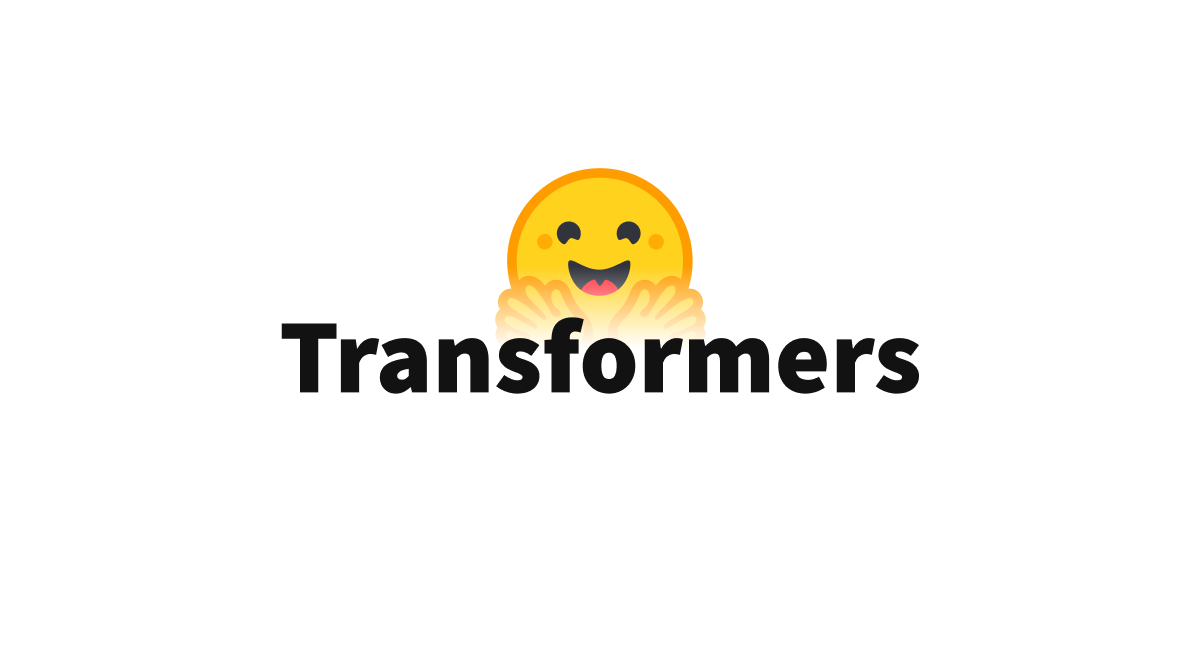
With the library’s expanding model hub, developers will be able to access a broader range of models for different languages, domains, and tasks. Hugging Face is also focused on making machine learning more accessible by providing simple interfaces, making it easier for developers to work with complex NLP models.
How it Works:
As we move closer to 2025, the Python ecosystem continues to evolve at an astonishing pace. Libraries like PyScript, TensorFlow Quantum, FastAPI 2.0, PyTorch Lightning, and Hugging Face Transformers will help make development more efficient, open up new opportunities, and simplify complex tasks. Whether you’re building websites, delving into quantum computing, developing machine learning models, or working with NLP, there’s something here for everyone.
Keep an eye on these libraries as they grow and mature – they could be exactly what you need to take your Python development to the next level.
Advertisement

Explore how ACID and BASE models shape database reliability, consistency, and scalability. Learn when to prioritize structure versus flexibility in your data systems

How to train large-scale language models using Megatron-LM with step-by-step guidance on setup, data preparation, and distributed training. Ideal for developers and researchers working on scalable NLP systems
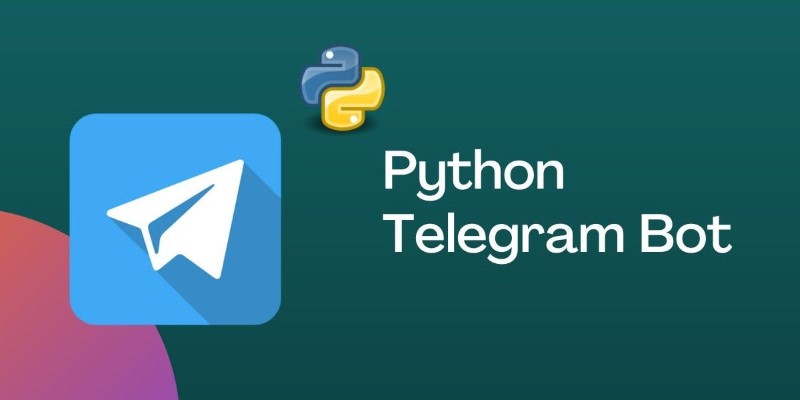
Learn how to create a Telegram bot using Python with this clear, step-by-step guide. From getting your token to writing commands and deploying your bot, it's all here

How BERT, a state of the art NLP model developed by Google, changed language understanding by using deep context and bidirectional learning to improve natural language tasks
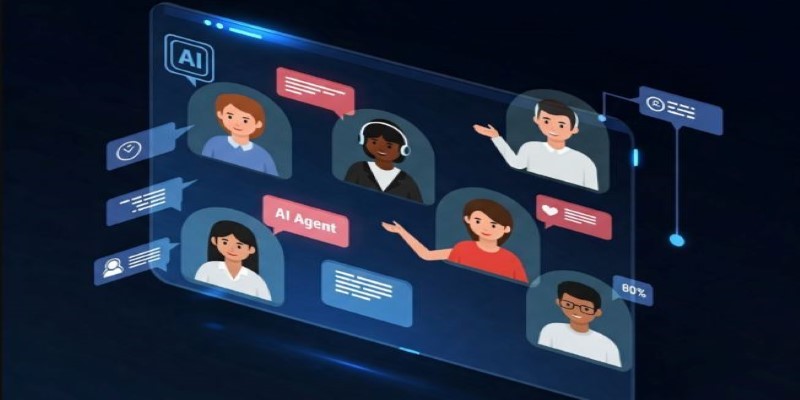
How are conversational chatbots in the Omniverse helping small businesses stay competitive? Learn how AI tools are shaping customer service, marketing, and operations without breaking the budget

Improve automatic speech recognition accuracy by boosting Wav2Vec2 with an n-gram language model using Transformers and pyctcdecode. Learn how shallow fusion enhances transcription quality
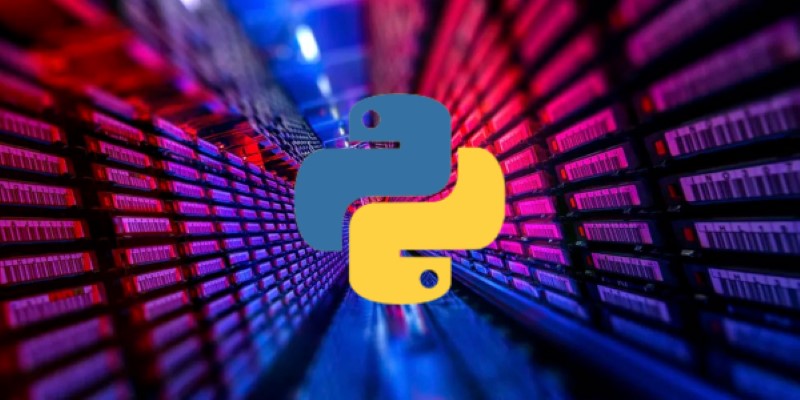
Learn how to impute missing dates in time series datasets using Python and pandas. This guide covers reindexing, filling gaps, and ensuring continuous timelines for accurate analysis
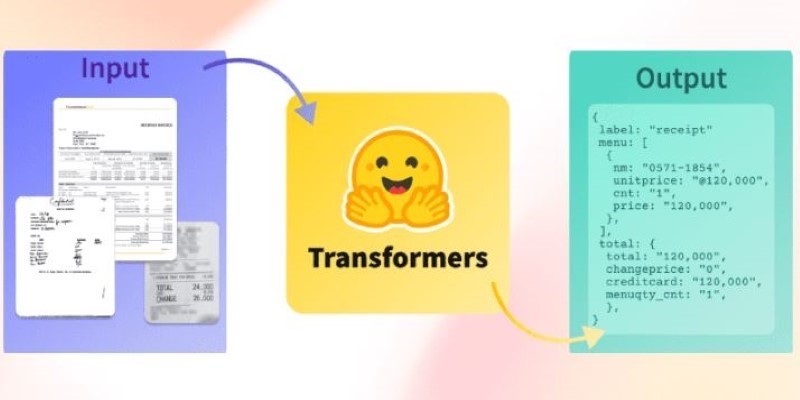
How Sempre Health is accelerating its ML roadmap with the help of the Expert Acceleration Program, improving model deployment, patient outcomes, and internal efficiency

Heard of Julia but unsure what it offers? Learn why this fast, readable language is gaining ground in data science—with real tools, clean syntax, and powerful performance for big tasks
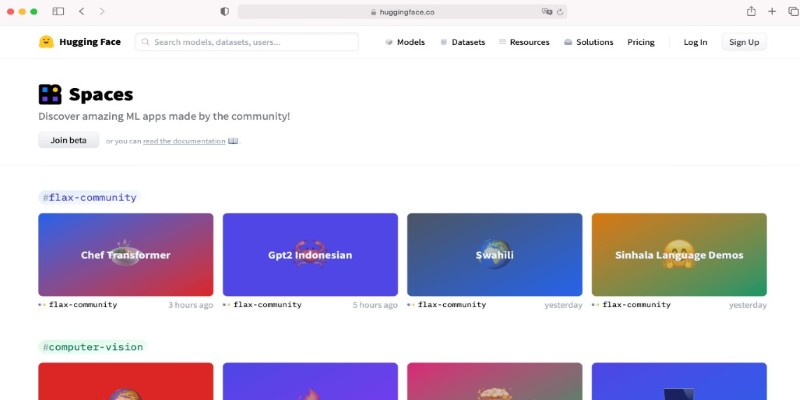
How Summer at Hugging Face brings new contributors, open-source collaboration, and creative model development to life while energizing the AI community worldwide
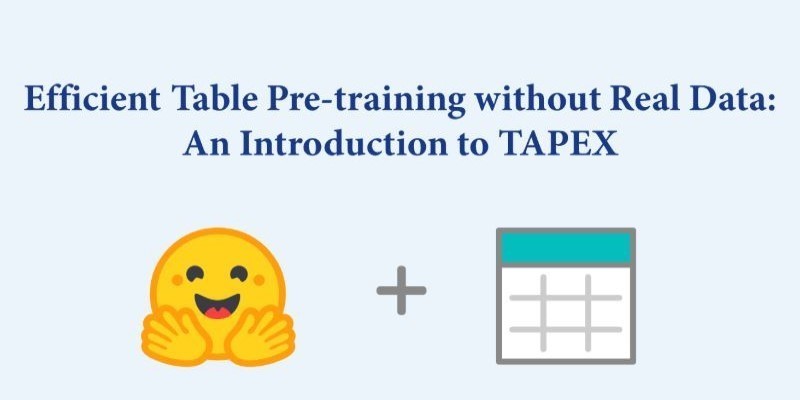
How TAPEX uses synthetic data for efficient table pre-training without relying on real-world datasets. Learn how this model reshapes how AI understands structured data
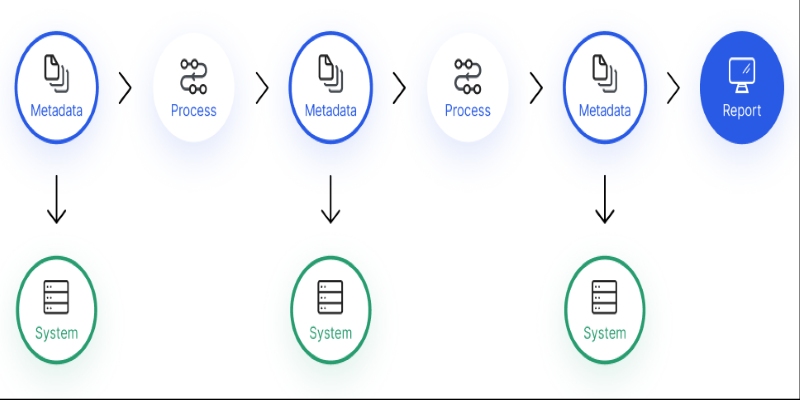
Confused about where your data comes from? Discover how data lineage tracks every step of your data’s journey—from origin to dashboard—so teams can troubleshoot fast and build trust in every number